Nanomaterials: Finding friends with a golden tip
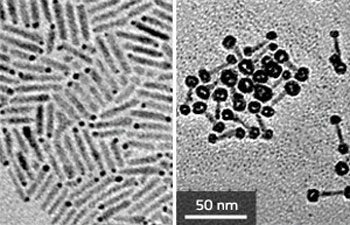 A novel photochemical process allows catalytic and magnetic metals to be deposited onto semiconductor nanorods without effort.
A novel photochemical process allows catalytic and magnetic metals to be deposited onto semiconductor nanorods without effort.
Apr 27th, 2011
Read more
 A novel photochemical process allows catalytic and magnetic metals to be deposited onto semiconductor nanorods without effort.
A novel photochemical process allows catalytic and magnetic metals to be deposited onto semiconductor nanorods without effort.
Apr 27th, 2011
Read moreThe UK's Health and Safety Executive (HSE) has issued information for companies using nanomaterials covered by the Control of Substances Hazardous to Health Regulation. The information includes basic risk management and legal duties.
Apr 27th, 2011
Read moreA gold plated window as the transparent electrode for organic solar cells is now a reality thanks to a team of researchers from the University of Warwick in the UK. The upshot of this development, apart from its innovation, is that it could be relatively cheap because the gold used is just 8 nanometers thick.
Apr 26th, 2011
Read moreWhen it comes to dreaming about diamonds, energy efficiency and powerful information processing aren't normally the thoughts that spring to mind. Unless, of course, you are a quantum physicist looking to create the most secure and powerful networks around.
Apr 26th, 2011
Read moreResearchers at Oregon State University have found a way to use magnetic "nanobeads" to help detect chemical and biological agents, with possible applications in everything from bioterrorism to medical diagnostics, environmental monitoring or even water and food safety.
Apr 26th, 2011
Read more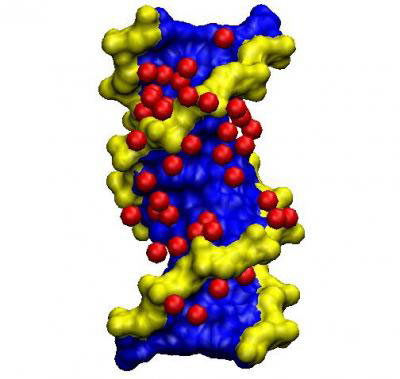 Water molecules surround the genetic material DNA in a very specific way. Scientists at the Helmholtz-Zentrum Dresden-Rossendorf (HZDR) have discovered that, on the one hand, the texture of this hydration shell depends on the water content and, on the other hand, actually influences the structure of the genetic substance itself. These findings are not only important in understanding the biological function of DNA; they could also be used for the construction of new DNA-based materials.
Water molecules surround the genetic material DNA in a very specific way. Scientists at the Helmholtz-Zentrum Dresden-Rossendorf (HZDR) have discovered that, on the one hand, the texture of this hydration shell depends on the water content and, on the other hand, actually influences the structure of the genetic substance itself. These findings are not only important in understanding the biological function of DNA; they could also be used for the construction of new DNA-based materials.
Apr 26th, 2011
Read more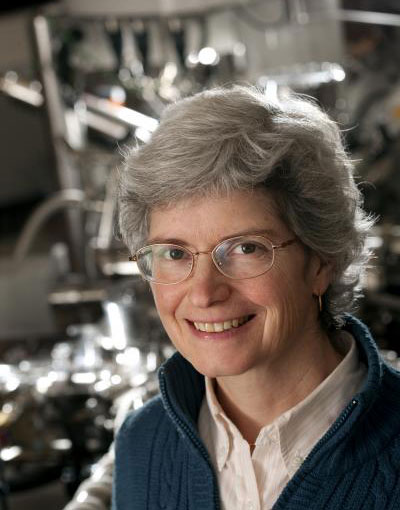 Planes were grounded all over Europe when the Eyjafjallajokull volcano erupted in Iceland last year. But no one knew if the no fly zone was really necessary. And the only way to find out would have been to fly a plane through the ash cloud - a potentially fatal experiment. Now a team of researchers from the University of Copenhagen and the University of Iceland have developed a protocol for rapidly providing air traffic authorities with the data they need for deciding whether or not to ground planes next time ash threatens airspace safety.
Planes were grounded all over Europe when the Eyjafjallajokull volcano erupted in Iceland last year. But no one knew if the no fly zone was really necessary. And the only way to find out would have been to fly a plane through the ash cloud - a potentially fatal experiment. Now a team of researchers from the University of Copenhagen and the University of Iceland have developed a protocol for rapidly providing air traffic authorities with the data they need for deciding whether or not to ground planes next time ash threatens airspace safety.
Apr 26th, 2011
Read more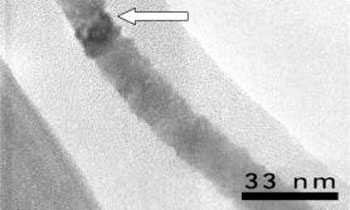 University of Arizona engineers have patented a process that could lead to the next big leap in microelectronics, completely changing the way microchips are made.
University of Arizona engineers have patented a process that could lead to the next big leap in microelectronics, completely changing the way microchips are made.
Apr 26th, 2011
Read moreNew nano-systems developed in York may eventually help patients recover from surgery without the danger of allergic reactions to drugs.
Apr 26th, 2011
Read more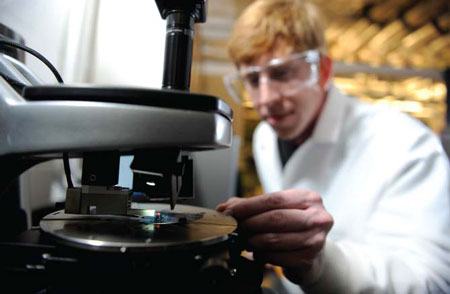 Vanderbilt researchers working at the smallest scale celebrate a huge milestone this year. The Vanderbilt Institute of Nanoscale Science and Engineering (VINSE), seeded from a university-funded $16 million venture capital fund initiative, celebrates its 10th anniversary in December.
Vanderbilt researchers working at the smallest scale celebrate a huge milestone this year. The Vanderbilt Institute of Nanoscale Science and Engineering (VINSE), seeded from a university-funded $16 million venture capital fund initiative, celebrates its 10th anniversary in December.
Apr 25th, 2011
Read moreA new study reveals that contrary to previous assumptions, domain walls in ferroelectric materials act as dynamic conductors instead of static ones.
Apr 25th, 2011
Read more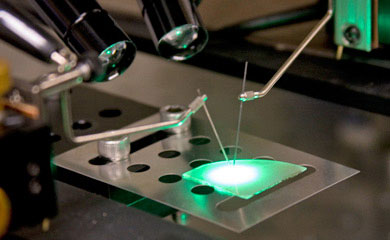 Researchers at Rensselaer Polytechnic Institute have developed a new method for manufacturing green-colored LEDs with greatly enhanced light output.
Researchers at Rensselaer Polytechnic Institute have developed a new method for manufacturing green-colored LEDs with greatly enhanced light output.
Apr 25th, 2011
Read more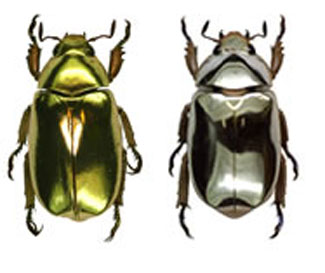 A team of researchers at the University of Costa Rica has found that some beetles' metallic appearance is created by the unique structural arrangements of many dozens of layers of exo-skeletal chitin in the elytron, a hardened forewing that protects the delicate hindwings that are folded underneath.
A team of researchers at the University of Costa Rica has found that some beetles' metallic appearance is created by the unique structural arrangements of many dozens of layers of exo-skeletal chitin in the elytron, a hardened forewing that protects the delicate hindwings that are folded underneath.
Apr 25th, 2011
Read moreAn international team of researchers succeeded at the Max Planck Institute of Quantum Optics to control and monitor strongly accelerated electrons from nano-spheres with extremely short and intense laser pulses.
Apr 25th, 2011
Read moreA team of scientists from Columbia University College of Physicians and Surgeons and Weill Cornell Medical College has shed light on the molecular workings of transporter proteins, molecular machines embedded in the cell membranes of neurons that modulate the transfer of signals between cells and recycle neurotransmitters.
Apr 25th, 2011
Read more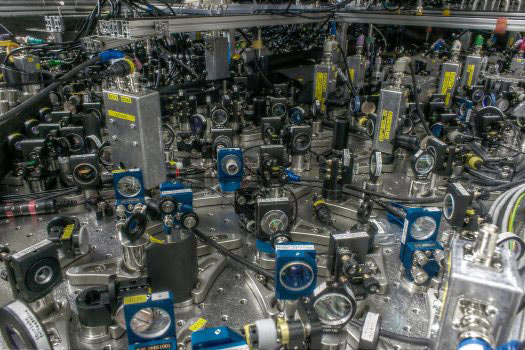 Researchers have achieved a breakthrough in quantum communications and computing using a teleporter and a paradoxical cat. The breakthrough is the first-ever transfer, or teleportation, of a particular complex set of quantum information from one point to another, opening the way for high-speed, high-fidelity transmission of large volumes of information, such as quantum encryption keys, via quantum communications networks.
Researchers have achieved a breakthrough in quantum communications and computing using a teleporter and a paradoxical cat. The breakthrough is the first-ever transfer, or teleportation, of a particular complex set of quantum information from one point to another, opening the way for high-speed, high-fidelity transmission of large volumes of information, such as quantum encryption keys, via quantum communications networks.
Apr 25th, 2011
Read more